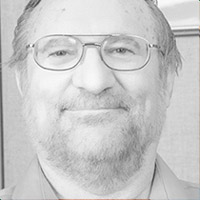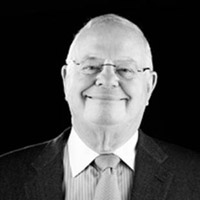Things to Consider for Your 2015 Capital Gains Tax
There are all kinds of investors in the world. Some are looking to make a quick buck by buying and then quickly selling stocks as soon as they increase in value. Other investors buy stocks with an eye toward the future, which means they are in it for the long haul.
In any case, anyone who invests wants to be successful at it. It’s a great feeling to buy stock in a company and see that stock increase in value. However, at some point if you plan on selling that stock and cashing in or your gains, you will have to give a portion of those gains to the taxman. What percentage you will owe will depend on the size of your gain and how long you have owned the stock.
The government wants investors to hold onto their stocks longer. To encourage this they have a lower tax percentage on stocks held longer than a year. Whether you’re a quick turnaround trader or a long-term investor here’s what you should be aware of in 2015 for your capital gains taxes.
First, generally all you need to know to determine your capital gains is the difference between what you paid for the stock and how much you sold it for. When you know that amount then you can calculate the tax. Your tax rate will depend on which bracket you’re in. There are three that apply:
- If your ordinary income puts you in the 10-15 percent tax bracket, then your long-term capital gains rate is 0 percent.
- If your ordinary income falls in one of the 25, 28, 33, or 35 percent tax brackets then your long-term capital gains rate is 15 percent.
- If your ordinary income is in the 39.6% tax bracket, then your long-term capital gains rate is 20%.
There are a few other caveats to remember. For high-income earners, there is an additional 3.8 percent surtax on net investment income. Also, you only pay taxes on the net of your capital gains, which can make a big difference if you sell more than one stock in a year. If you want to learn more about capital gains taxes then please contact GROCO for more answers. Click here or call us at 1-877-CPA-2006.
Disruptive Startups | Dr. John Garnier
About Dr. John Garnier John is an expert in Business Development, Corporate Division, Small Business Startups and is an International Expert in Silicon Carbide. Additionally he holds a PhD in Materials Science from Marquette University. He is the author of two books through the Nuclear Regulatory Commission, technical papers (40+), patents 11+, and more…
American Entrepreneur – Jack Carlisle, Serial Entrepreneur
About Jack Carlisle Jack Carlisle grew up in Utah. He is a serial entrepreneur who has created various businesses over the past 22 years including: a tire store, flight school, catering business, and most recently a pizza restaurant. Interview Transcript of: American Entrepreneur – Jack Carlisle, Serial Entrepreneur Alan Welcome back. I’m here…
The Midas List – Ray Rothrock, Venture Capitalist
About Ray Rothrock Ray joined Venrock, a diversified $2 billion venture capital firm, in 1988 in New York City, and after 25 years and 53 direct investments, his passion for building companies is as strong as ever. He retired from Venrock, June 2013 and continues as a venture capitalist on his own account. Ray…
Venture Capital and Entrepreneurs | Dixon Doll
About Dixon Doll For more than 35 years, Dixon Doll has influenced and guided entrepreneurs, investors and executives in the computer and communications industries. In recognition of his accomplishments in venture capital, Dixon received the 2013 Special Achievement Award from the International Business Forum. Dixon was also named by Forbes Magazine as one of…




